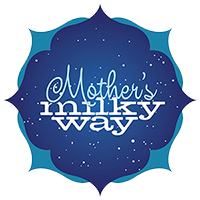Can I Eat & Drink During Labor?
In some cultures, food and drinks are consumed during labour for nourishment and comfort to help meet the demands of labour. However, in many birth settings, oralintake is restricted in response to work by Mendelson in the 1940s. Mendelson reported that during general anaesthesia, there was an increased risk of the stomach contents entering the lungs. The acid nature of the stomach liquid and the presence of food particles were particularly dangerous, and potentially could lead to severe lung disease or death. Since the 1940s, obstetrical anaesthesia has changed considerably, with better general anaesthetic techniques and a greater use of regional anaesthesia. These advances, and the reports by women that they found the restrictions unpleasant, have led to research looking at these restrictions. In addition, poor nutritional balance may be associated with longer and more painful labours, and fasting does not guarantee an empty stomach or less acidity. Thisreview looked at any restriction of fluids and food in labour compared with women able to eat and drink. The review identified five studies involving 3130 women. Most studies had looked at specific foods being recommended, though one study let women choose what they wished to eat and drink. The review identified no benefits or harms of restricting foods and fluids during labour in women at low risk of needing anaesthesia. There were no studies identified on women at increased riskof needing anaesthesia. None of the studies looked at women’s views of restricting fluids and foods during labour. Thus, given these findings, women should be free to eat and drink in labour, or not, as they wish.
